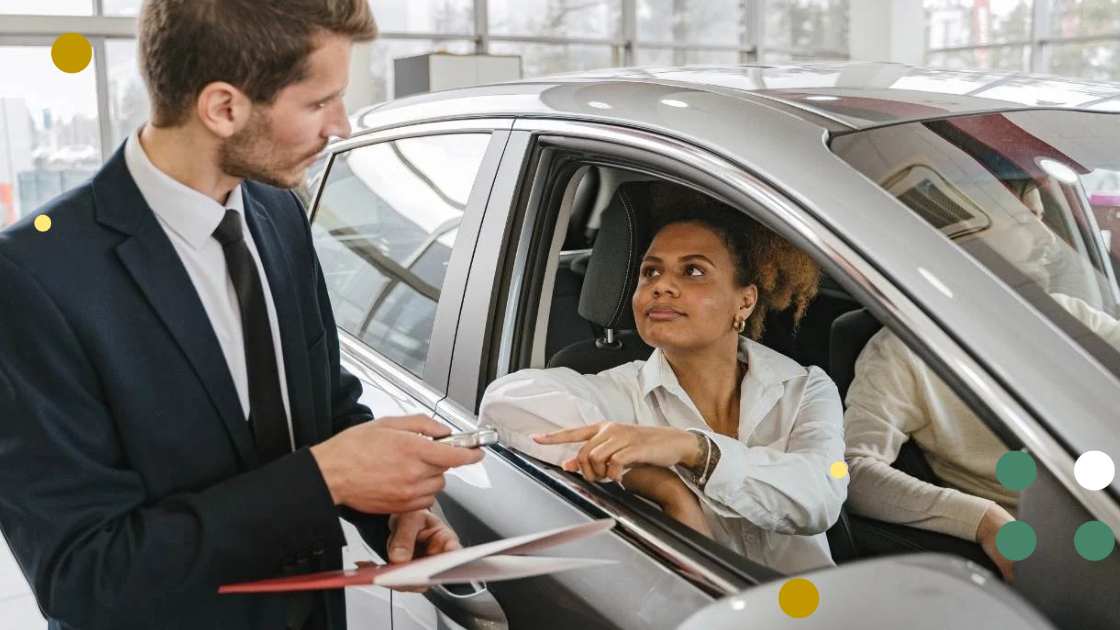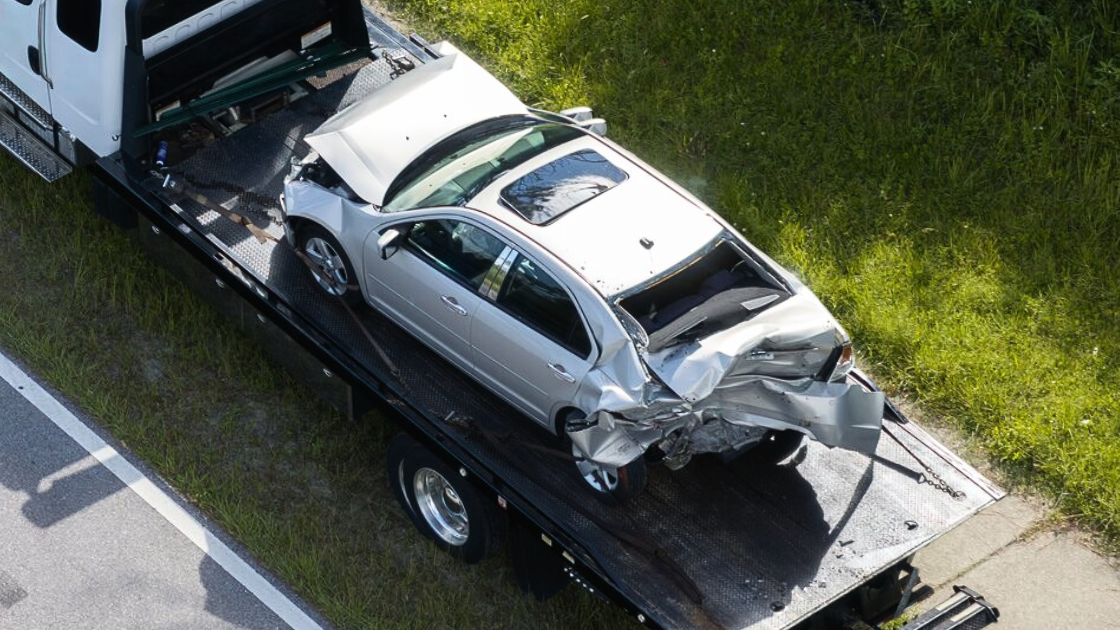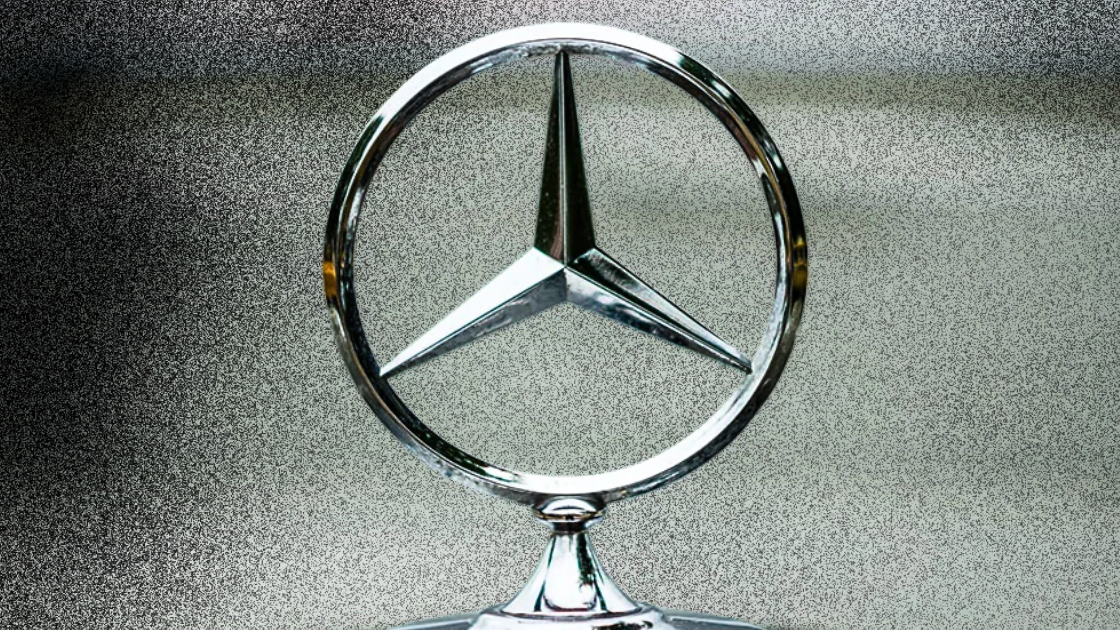
New vehicle retail sales are expected to rise again in February, continuing a five-month streak of year-over-year growth.
Driving the news: According to J.D. Power and GlobalData, retail sales are projected to be up 8.1% when adjusted for the number of selling days, or 3.8% unadjusted.
Retail sales are steady, and transaction prices remain high. This means consumers will likely spend more on new vehicles this month than any other February on record.
But beneath the surface—automakers and dealers are facing growing pressure to sustain profitability as affordability concerns mount.
One of the biggest reasons for the February bump isn’t strong organic demand—it’s timing.
A major winter storm at the end of January shut down car buying across key southern markets, erasing sales during what is typically the busiest weekend of the month.
Tyson Jominy, vice president of data and analytics at J.D. Power, pointed to that disruption as a major factor in the February boost.
“The big snowstorm, which went from Houston all the way over to Charlotte, took out the last sales weekend of January, and sales in most of the southern states,” Jominy told Auto Finance News. “We still saw a good January, matching our expectations, but we’re going to see a slight bump from delayed sales from January into February.”
For dealers—this means February’s numbers aren’t purely a sign of increased consumer confidence—it’s a reshuffling of demand.
And that matters because inventory levels are rising. If the backlog of delayed buyers burns off quickly, the market could feel the weight of those higher stock levels heading into spring.
Which is why—to keep vehicles moving, automakers are deploying more incentives.
The average manufacturer discount per vehicle now exceeds $3,200, a nearly 23% jump from last year.
That’s great news for car buyers, as more incentives mean fewer vehicles are selling above MSRP.
In fact—so far in February, only 11.9% of new vehicles have sold above sticker price—down from 19.2% a year ago.
However, if we follow the money… the math is less favorable.
Dealer margins are shrinking, with average gross profit per vehicle—including finance and insurance income—down nearly 12% year over year.
Basically—retailers are making less per sale at a time when higher floorplan costs are making it more expensive to keep inventory on the lot.
Looking ahead: March could bring another sales boost. Tax refunds will put more money in consumers' pockets, and Japanese automakers often ramp up incentives to close out their fiscal year—strategically timing their discounts for maximum impact.
“Given the ability to have strong efficacy of incentives, when there’s that many consumers in the market, we tend to spend a bit more in March,” Jominy added.
The big question: Will incentives be enough to sustain momentum in the face of ongoing affordability challenges?
Interest rates remain high, with the average new vehicle loan rate hovering around 6.8%.
Monthly car payments continue to hit new records, now averaging $738—up $17 from last year.
At the same time, trade-in equity is eroding, making it harder for consumers to roll positive equity into their next purchase.
Currently, 25.5% of trade-ins have negative equity, up two percentage points from February 2024.
Bottom line: Aggressive incentives may be necessary to sustain demand—but they come at a cost. Discounting too heavily could eat into profitability and reset consumer expectations, making it harder for auto retailers to maintain pricing power long term.
Become an automotive insider in just 5 minutes.
Get the weekly email that delivers transparent insights into the car market.
Join 90,000+ others now, it's free:
Ship Smarter. Pay Less. No Middlemen.
Tired of brokers driving up costs and slowing you down? Auto Hauler Exchange puts YOU in control.
Ship cars faster and cheaper with 5,000+ vetted carriers
Get cars delivered in just 5 days on average
Transparent pricing, no hidden fees, and real-time tracking
Move cars smarter. Move cars faster.











